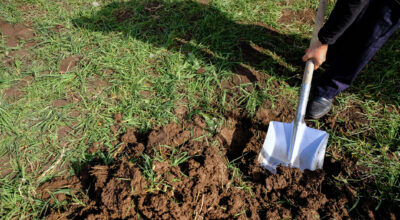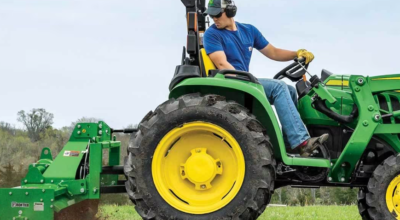
The American farmer has long waited for winter months to come to an end, as he or she looks to the coming of spring as time to begin the honorable and strenuous work out in the fields to provide people around the U.S. with a source of food.
Prior to planting their crops, farmers should perform soil preparation through some form of tillage or chemical “burn-down,” according to the U.S. Environmental Protection Agency. This helps to kill the weeds in the seedbed that would negatively influence planting operations due to the fact that this unwanted growth can crowd out the crop and compete with it for water and nutrients.
American farmers typically employ one of three types of tilling when performing soil preparation. Conventional tillage consists of using moldboard plows followed by several secondary tillages and then later relying upon mechanical cultivation after the crop is up.
More common farm preparation practices include reduced tillage, accomplished using a chisel plow, and conservation tillage, which allows for more than 30 percent of residue coverage to remain on the soil. This method helps to limit the negative effects that tilling can have on the land.
Herbicides are used in all of the tilling methods to kill weeds, but proper tillage can limit the need for excessive application of this material.
The use of farm equipment, especially products like the famous John Deere tractor, have made farming and tilling much easier for the American farmer over the years. As the technology has progressed, thanks to an innovative strategy employed by the brand that combines engineering and customer feedback, yields and production have increased.
John Deere tractors can be seen on many American farms, pulling equipment through the fields and providing power for operations that need extra muscle. Row crop cultivators are often attached to these machines to help with secondary tillage tasks and weed eradication.
It may be necessary to prepare tractors and farm equipment for use prior to spring planting, as these machines are often the backbone of the whole operation and if they are not ready for work, then a yield could be drastically reduced. Tractor Parts Talk noted that the engine oil and coolant levels need to be monitored, hoses, fittings and seals should be replaced, and wheels, tires and wheel bearings should be constantly checked.


